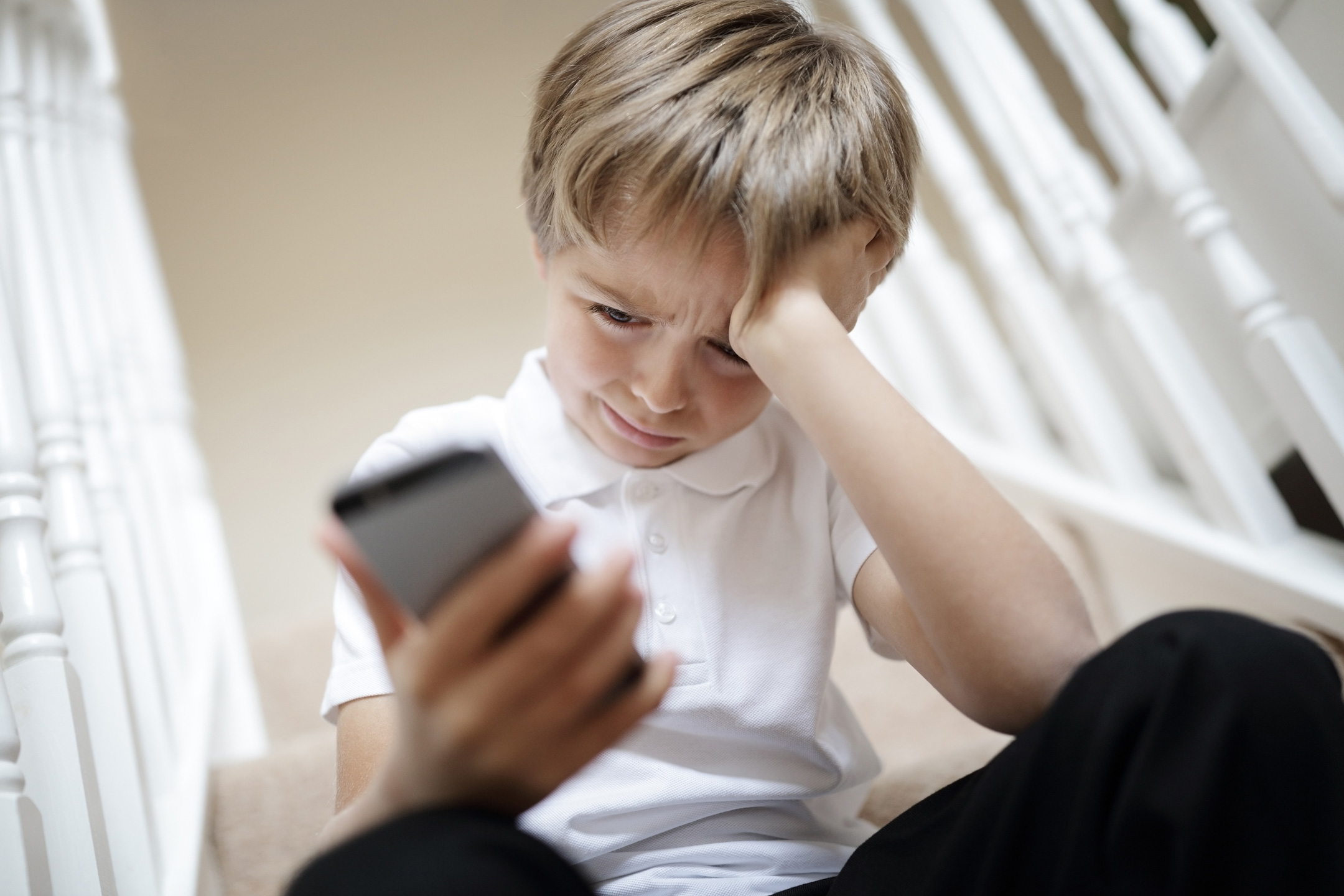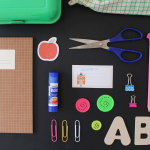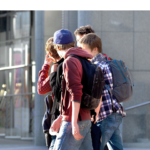
11 Feb Peer Protection
Teachers, parents and particularly other students are responsible for helping to prevent bullying, says Sam Chadwick.
“I was only joking, I didn’t mean it!” How many times have I heard that in my 10 years of teaching? These words are so often spoken by children when they are caught engaging in bullying behaviours. Why do students think bullying others is just a joke?
A student I once taught, who I’ll call Jim, was the target of bullying and he was falling behind in his schoolwork. He was so quiet, you would barely notice him in class, and it was precisely this ‘invisibility’ that had some of his teachers concerned. Plus, he seemed to have few friends.
Bullying is a learned behaviour
The issue of bullying was raised at a staff meeting, and some teachers mentioned they had seen a couple of other Year 7 students regularly ‘teasing’ Jim: pushing him out of the canteen line, hiding his bag, taking his cap, and walking away when he approached them to join in a game. They also noticed several other students watching this happen almost every day. One teacher mentioned he had discovered a text message about Jim sent to other students. Another teacher simply described it as the sort of “harmless fun students have”. Hardly ‘harmless’
I thought and proceeded to stand on my soapbox.
Bullying is learned behaviour. The family environment, sport, media and even the internet, video games and online interactions play a significant role. However, schools, and more specifically teachers, are great influencers of behaviour. If teachers have varying ideas about what is acceptable, it’s hard to have consistent and clear expectations for students. Changing the views of some teachers is necessary. As teachers, we need to be more active when we see these types of behaviours happening “almost every day”. We have a responsibility to ensure that students feel safe and cared for at school.
In my previous school, I had been involved with the Peer Support Program with great success. The program teaches leadership skills, enabling students to act in a positive mentoring role within the school by establishing relationships with younger students and encouraging them to participate in wider school initiatives. This enhances a spirit of pride and kinship across the school, contributes to students’ social and emotional wellbeing, and reduces bullying behaviours. I’d seen the impact that positive peer influences could have on bullying and the power of the peer groups in providing support networks for each other.
The school developed policies and procedures to deal with bullying
After a discussion at the staff meeting, sessions were held to raise awareness among staff about what constitutes bullying. With support from the parents, we implemented the Peer Support Program at the school, with Jim’s Year 7 class working with Year 10 peer leaders whom we had trained. Jim started making friends with some of the other Year 7 students by being involved in the program. He also knew that he had an older student to talk to who had ‘been there and done that’. Over the term in which the Peer Support Program was implemented, we saw improvements in Jim’s grades and noticed that the other students were including him more.
Students understood more about bullying and not only had teachers they could talk to, but also each other. They knew it was okay to talk to their parents about incidents, especially if they were aware of bullying via mobile phones or the internet, which is sometimes harder to spot at school. The school developed policies and procedures to deal with bullying and worked with parents and all staff in being consistent and unified in their approach. Some teachers no longer viewed it as ‘harmless fun’. Most became active in dealing with bullying behaviours. That was a ‘yeah moment’ for me.
Jim developed more confidence and motivation to achieve. A few years later, Jim became a peer leader, and this was another significant turning point for him. He set a positive example for his younger peers; he embraced the opportunity and really came out of his shell. He was even more communicative and responsive with other students and teachers and much more engaged in group activities, which had a positive effect not only on his classwork but on his overall contribution to the school. Jim was elected as a school prefect when he was in Year 11 and he achieved excellent results at the end of his school career. That would be yeah-moment number two.
Jim is just one example of the impact of the Peer Support Program I’ve seen throughout my teaching career. I have witnessed thousands of students’ lives change due to the program. The skills, attitudes and friends they make stay with them for life.
I’ve experienced colleagues who engage in bullying behaviours in the workplace
So how do peers influence bullying behaviours? Bullying is fundamentally a relationship issue. It sounds simple: just have the students be nice to each other. We know it is far more complex than that and has implications not only for students but for the functioning of adults as well. Students who engage in bullying behaviours and who have no other skills or ways of interacting will continue to engage in this behaviour throughout their adult lives. I know – I’ve experienced colleagues who engage in bullying behaviours in the workplace, and even in their interactions with parents.
It’s about developing strategies, enhancing skills and changing attitudes
So this behaviour is not unique to children, but implementing whole-school strategies, such as the Peer Support Program, with students in both primary and secondary schools, is more likely to have success than if a similar program were introduced at an adult level.
We also know that students who experience bullying behaviours are more likely to speak to their friends about it than anyone else, making a peer-led approach to addressing the issue more significant. At least 80 per cent of students in any one school are bystanders. They know (or are aware) of bullying behaviours occurring, sometimes at school but also outside
of school.
Peers help us to cope; they give us advice, they help us to problem-solve, they provide an emotional release. They are an important source of support in times of stress, and they give us security. We can tell them anything; there is a level of trust with our peers and a true sense that they understand. During adolescence, there is emerging independence from adults and a stronger dependence on peer relationships.
Pressure to rapidly solve bullying can lead to trying to find quick-fix solutions. These do little to address the broader perspectives as to why students engage in bullying behaviours. It’s about developing strategies, enhancing skills and changing attitudes. If a student is told ‘it’s okay to hit someone back’, ‘it’s just part of growing up’, or ‘I was bullied as a child and it didn’t affect me’, or if they are told to toughen up or ‘man up’, then how do we possibly change behaviours? All this does is continue the cycle and send the message to our students that if they’re being bullied
then it’s perfectly acceptable for them to bully someone else.
Forwarding a text message to someone else may be a form of bullying
Many students lack the social skills to prevent bullying from occurring in the first place. Students engage in bullying behaviours for a range of reasons. Some view it as fun, to get a laugh from other students, or to gain attention from teachers or a rise out of parents. But we also know some students bully others because they are angry, lonely, bored or have an unrealistic view of relationships. Some students just don’t know how to interact with others, how to deal with their frustration, how to resolve conflict or disagreement, or how to cope with disappointment. By teaching students these skills – assertiveness, decision-making, problem-solving and conflict resolution – we can reduce bullying behaviours and help them to develop empathy and resilience, enabling them to cope and deal with challenging situations when they arise.
Students need to be aware that forwarding a text message to someone else may be a form of bullying, and that watching bullying and doing nothing is giving permission for this behaviour to continue. Posting mean comments on social-networking sites are also bullying, and these bullying behaviours follow students into what should be the safety of their home. Consequently, the bullied student may feel that they can never escape from the bullying. That’s why schools can only do so much.
Of course, all of this takes time and longer than the eight sessions of the Peer Support Program in a school. Teaching students the skills to maintain positive relationships is an ongoing process, and we need to provide opportunities where students can practise these skills so that they can integrate them into their daily lives. We need to work with parents and the wider community to ensure that everyone is more aware of the issue, and we also need to develop strategies and practices.
I’ve seen the long-term effects of bullying behaviours. They range from difficulty in forming close relationships, low self-esteem and increased anxiety and distress, to depression and decreased mental health among young people. Where is the ‘harmless fun’ in that?
My experiences have led me to my current role with Peer Support Australia, where I’m now part of an organisation that helps thousands of students each year. That’s what being an educator is really about for me: making a difference in a child’s life – a child such as Jim – and being part of real change.
Sam Chadwick was the education manager for Peer Support Australia. She has a background in secondary education and professional education.
This article was first published in CHILD 2011




